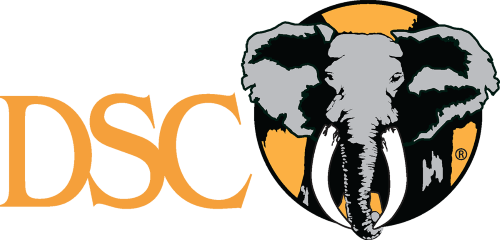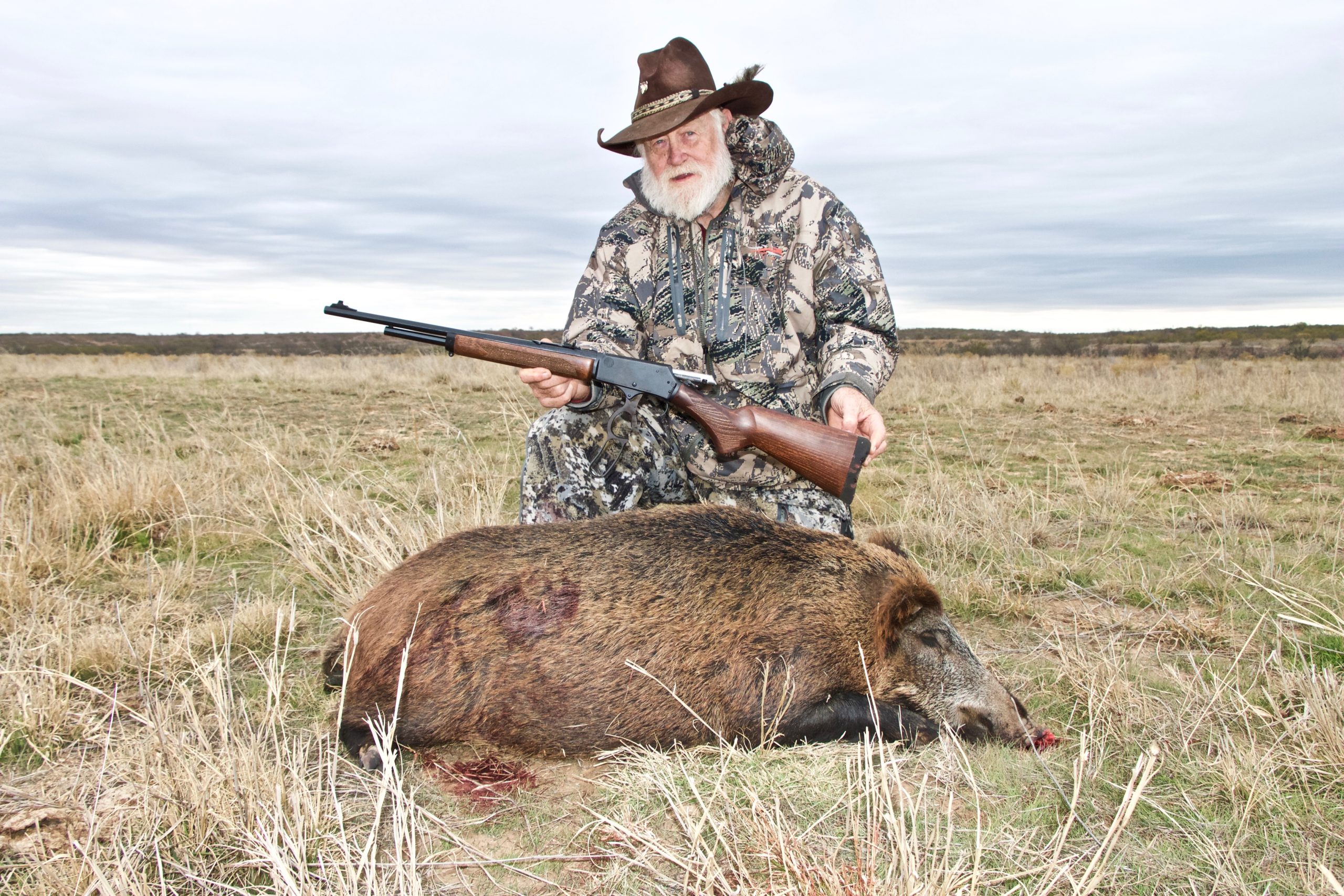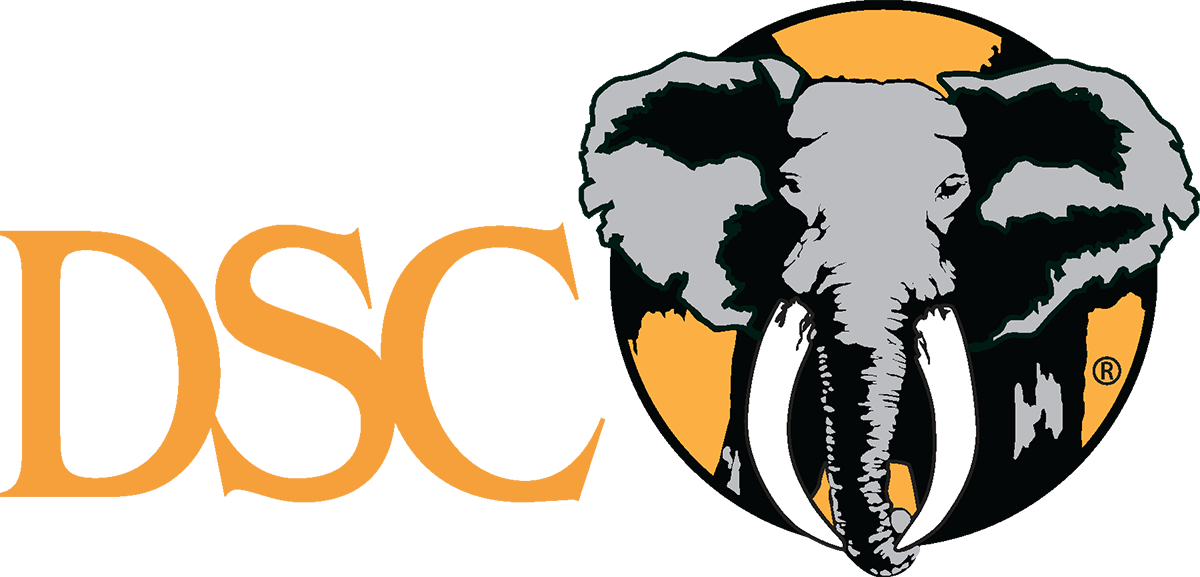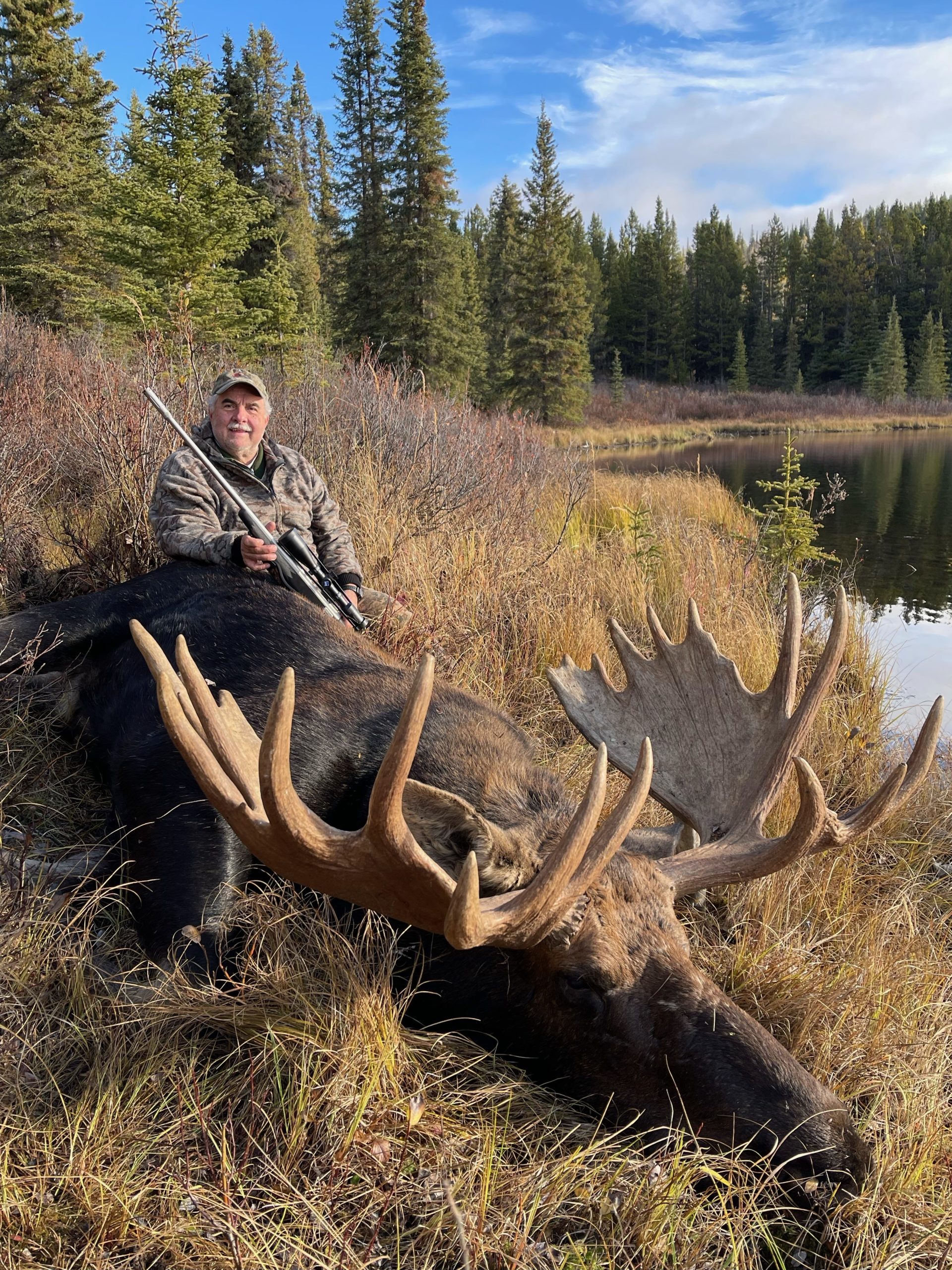As habitat loss and poaching continue to affect many animal species, let’s visit a CITES Sustainable Trade Success Story: American Alligator Recovery and Trade. By the 1860s, the leather industry had greatly harmed the American Alligator populations, but today, this species is thriving. It shows the impact of states, businesses, and the Fish and Wildlife Service all working together to ensure the continued survival of this ancient species. The article from U.S. Fish & Wildlife Service can be read below.
Partnerships for Alligator Recovery and Trade
By Clif Horton and Bruce Weissgold for the U.S. Fish & Wildlife Service
In the late 1860s, the leather industry’s demand for exotic hides led to widespread commercial hunting of the American alligator (Alligator mississippiensis). The demand in Europe and the United States for luxury leathery products was so rapacious that, within a few years, large American alligators were sufficiently rare to create a market for exported crocodile hides from Mexico and Central America. Tens of thousands of skins entered world markets, making their way from swamps to tanneries to exclusive department stores and boutiques. The precipitous decrease in size and numbers of American alligators taken for trade reflected a species in decline.
All this has changed. Today, American alligator populations thrive, thanks to creative partnerships between federal and state governments. The states led the way in providing legal protection. Alabama adopted protective legislation for its American alligator population in 1941, followed by Florida (1961), Louisiana (1962), and Texas (1970).
Steps on the alligator’s path to recovery included its listing under the Endangered Species Preservation Act of 1966 (a predecessor to the Endangered Species Act of 1973) and CITES. It was listed under the Act as endangered in 1967, but by 1987 it had recovered enough to be reclassified as “threatened due to similarity of appearance” throughout its range. Under this designation, which is intended to protect other listed species that bear a resemblance, commercial take of American alligators is regulated by the states, while export of tagged skins or hides falls under federal jurisdiction.
The alligator’s regulatory status also changed under CITES. In 1975, the American alligator was listed in Appendix I, which allows no commercial trade. In 1997, it was downlisted to Appendix II, which allows commercial trade of legal, sustainably harvested specimens.
Today, 83 percent of American alligator habitat is found in Florida, Louisiana, and Texas. The alligator’s distribution is limited largely by the availability of suitable habitat, which is shrinking as land conversion for housing, shopping centers, golf courses, and other uses eats away available acreage.
States, businesses, and the Fish and Wildlife Service are working together to ensure the continued survival of this ancient species. Alligator numbers are maintained through sustainable management programs in Louisiana, Florida, Georgia, Texas, and South Carolina, with various combinations of farming, ranching, and harvesting of wild animals, including the take of nuisance animals. Louisiana and Florida run the largest alligator farming and ranching programs, with Louisiana’s efforts primarily focused on wild egg collection for ranches and a managed seasonal hunt of wild alligators.
The recovery of the American alligator in Florida has led to the development of a $14-million industry in the Sunshine State, providing thousands of residents and nonresidents with hunting and viewing opportunities of this unique animal. Furthermore, revenues generated from state license sales support programs that comprehensively monitor and manage the species to ensure its long-term welfare.”
— Harry J. Dutton, Section Leader, Game Management and Public Hunting Section, Florida Fish and Wildlife Conservation Commission
CITES serves as the principal legal authority regulating international trade in American alligator skins and products. The CITES community continues to refine its trade procedures to ensure that trade is based on sustainable use and management of wild and captive populations. Commercial trade in alligator skins and skins from other crocodilian species, such as caimans, requires CITES permits and tags.
Countries that are signatories to CITES have adopted a universal tagging system for the identification and tracking of crocodilian skins in international trade. All skins, but not products, must have a self-locking, tamper-resistant tag attached. Tags are embossed with the species name and the year and state of harvest. In the U.S., the states require that CITES tags with a unique non-reusable number be attached to each legally harvested American alligator skin prior to export.
State wildlife agencies report wild harvest levels resulting from sport hunting, alligator demographics, reproduction, nuisance harvests, farm or captive breeding programs, and collection of eggs or hatchlings from the wild. The Service uses this information as the basis of the “non-detriment” findings needed to issue CITES export permits.
In 2003, the Service’s Director, Steve Williams, signed a proclamation heralding the recovery of the American alligator. Thanks to federal, state, and international conservation actions, it would be hard to find a better example of a species that, once on the brink of extinction, is now being successfully managed for sustainable use.



